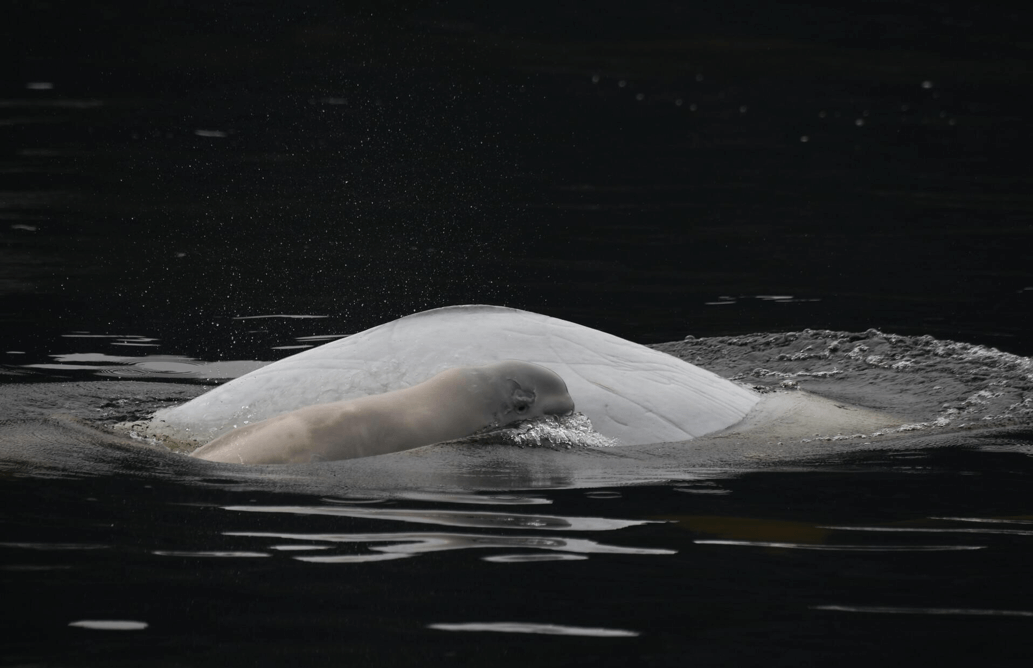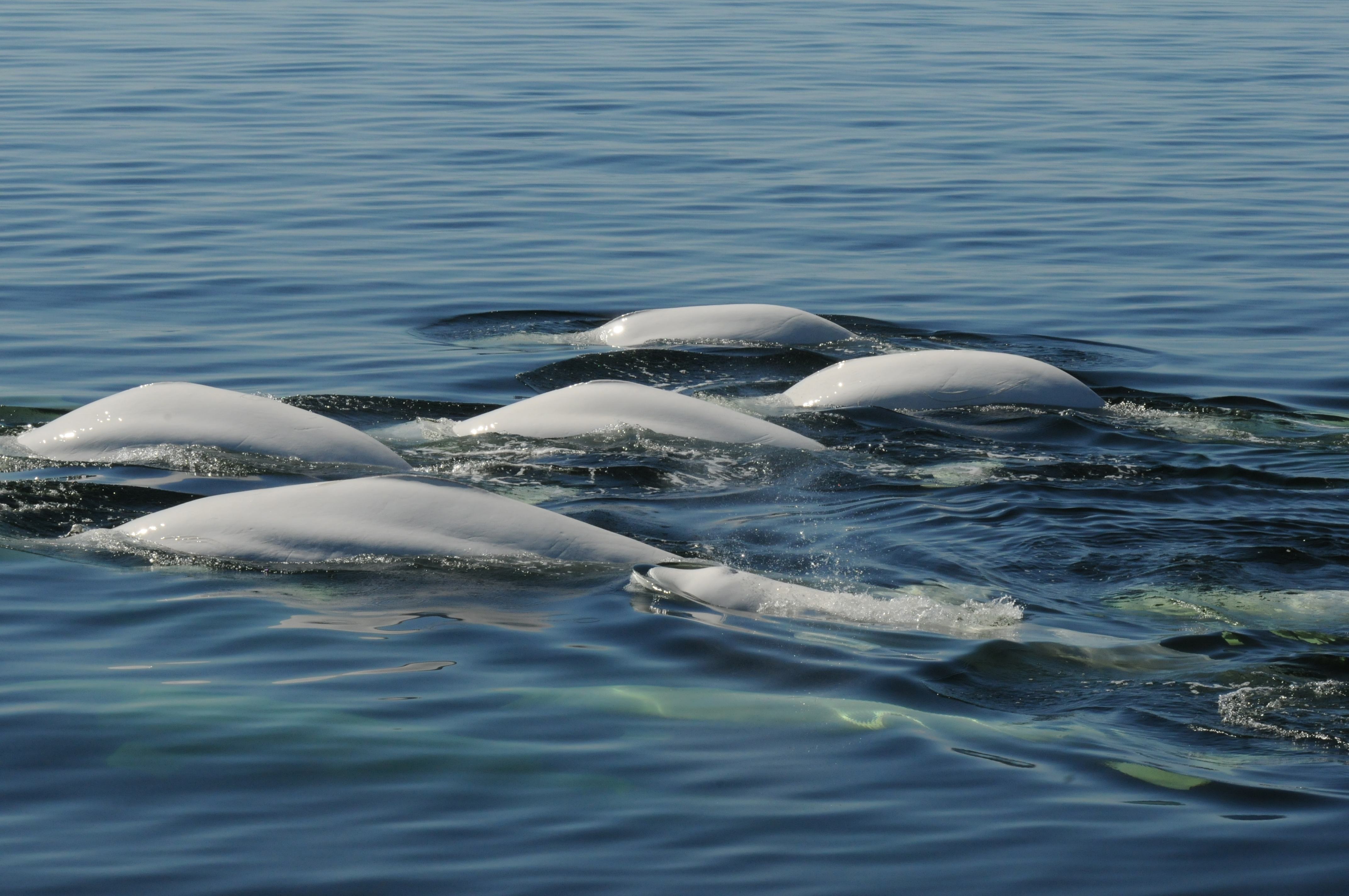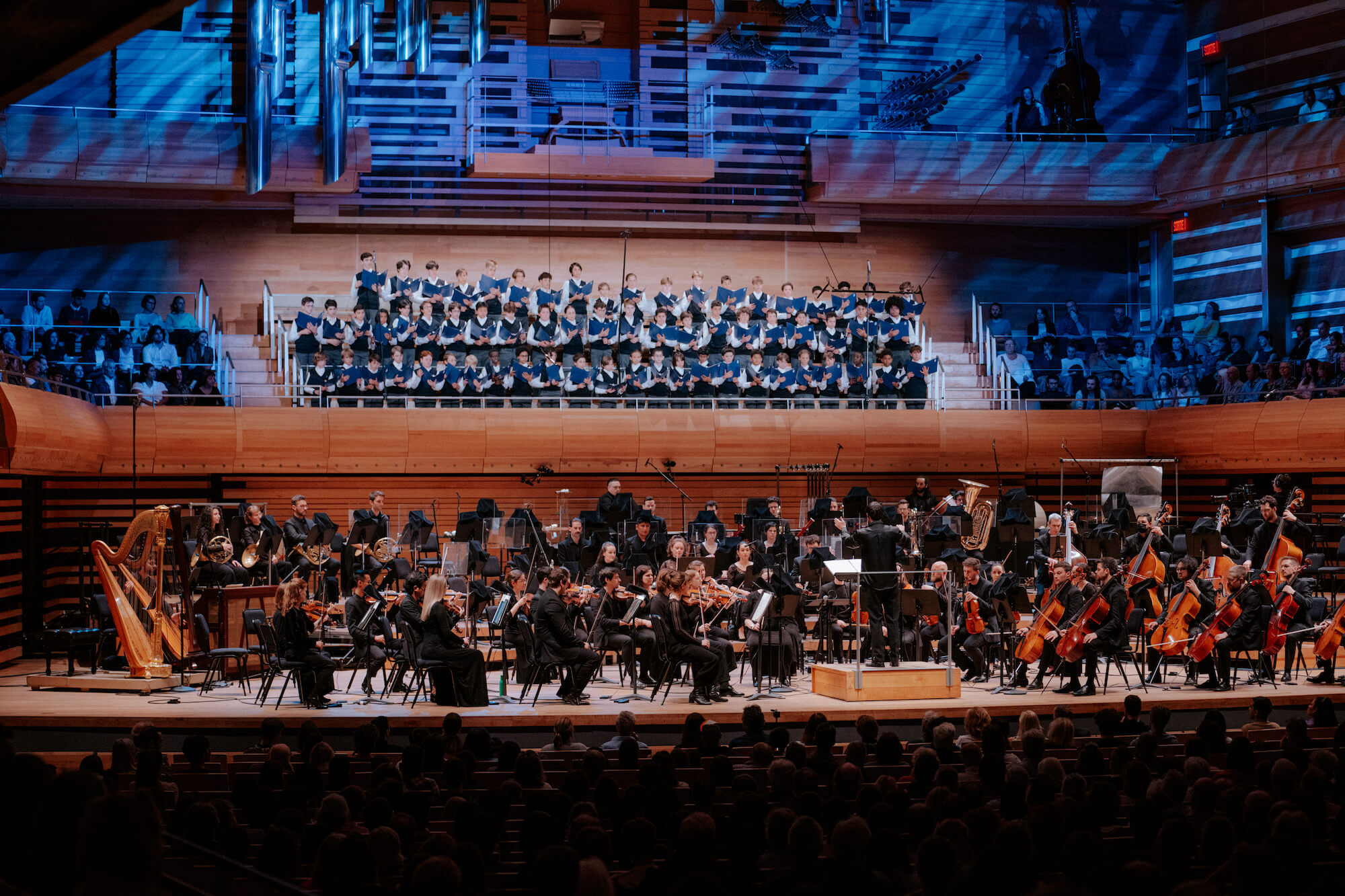Beluga Stories: a presentation by Robert Michaud at the CIMM on June 22, 2015, presented here in eight episodes to read and listen to. In this episode: newborn mortalities in 2012; construction of the oil terminal in Cacouna; various beluga populations in the world; commercial whaling.
On June 22, Robert Michaud, scientific director and co-founder of the Group for Research and Education on Marine Mammals (GREMM), gave a training lecture at the Marine Mammal Interpretation Centre (CIMM) in Tadoussac. The biologist and St. Lawrence beluga specialist shared stories about these whales and raised questions about the current decline in the population of the St. Lawrence.
Whales On Line brings you excerpts of this presentation, in the form of a sort of written and audio series to be followed all summer long. In the final episode (8/8) of this particular series of News from Near and Afar, Robert Michaud will answer additional questions. How about you, do you have any questions regarding belugas? We urge you to ask them in the “Questions from the Public” section of the website or on the Whales On Line Facebook page.
Before starting the first part of his lecture, Robert Michaud recapped the key events of the past three years. In 2012, sixteen beluga calf (newborn) carcasses washed up on the shores of the St. Lawrence. These unprecedented mortalities attracted significant media coverage occasionally translating into catastrophic titles: has the population entered into an inexorable decline?
The sudden mortalities triggered an intense period of work for Robert Michaud and other scientists of the St. Lawrence, who compiled all the data collected on St. Lawrence belugas over the course of more than three decades. Then, two weeks after this series of mortalities, we learn that TransCanada wants to construct an oil terminal in Cacouna in the St. Lawrence Estuary, which is a beluga nursery.
Listen (4 min 35 s) (only in French)
Where are the whales, what are the various populations? Robert Michaud speaks about Félix, the fossilized beluga dating back 10,700 years, discovered near Joliette, Quebec.
Commercial whaling, which was practised for 250 years, ended in the mid-1950s.
To learn more
On the Radio Canada website:
Un béluga au milieu du champ [A beluga in the middle of the field]
On Whales On Line:





